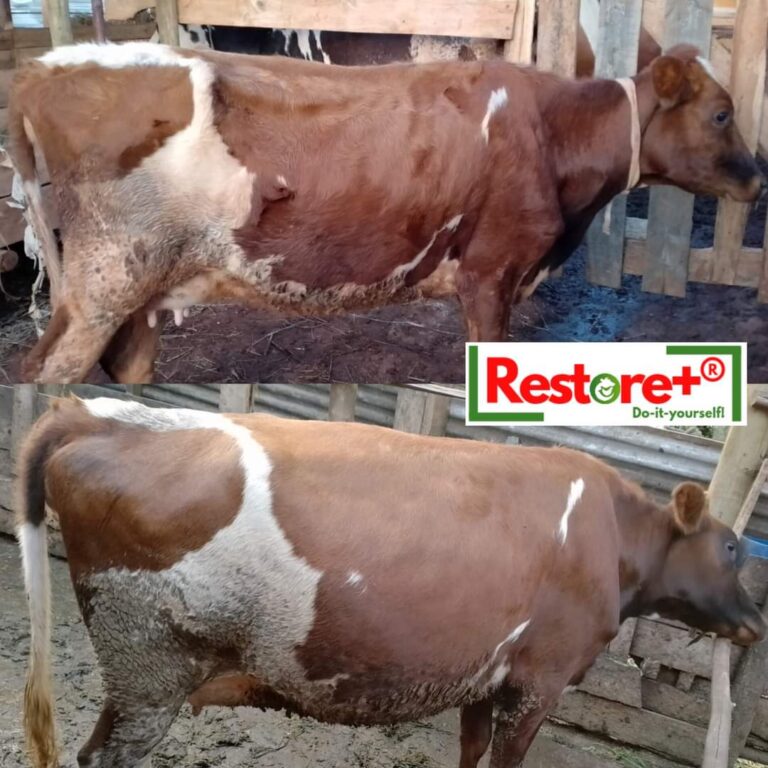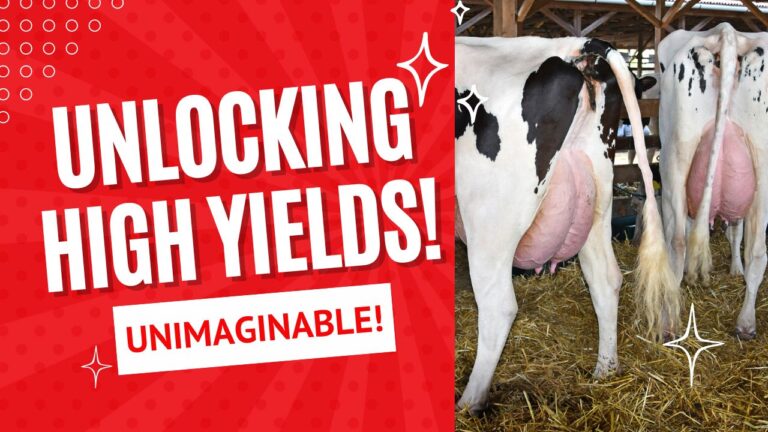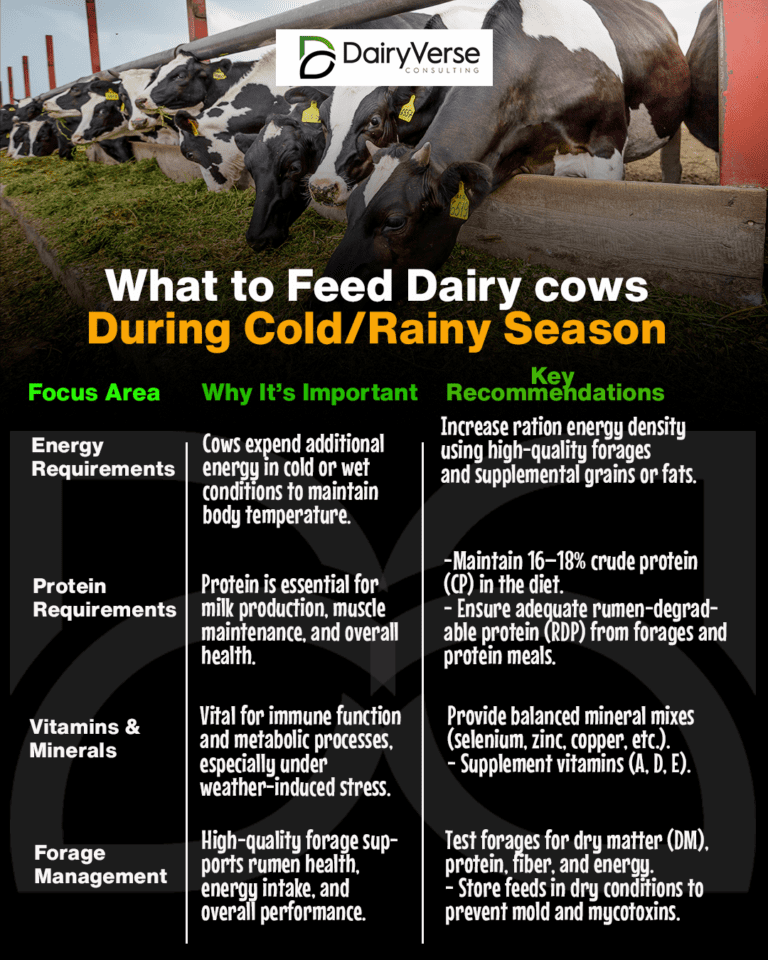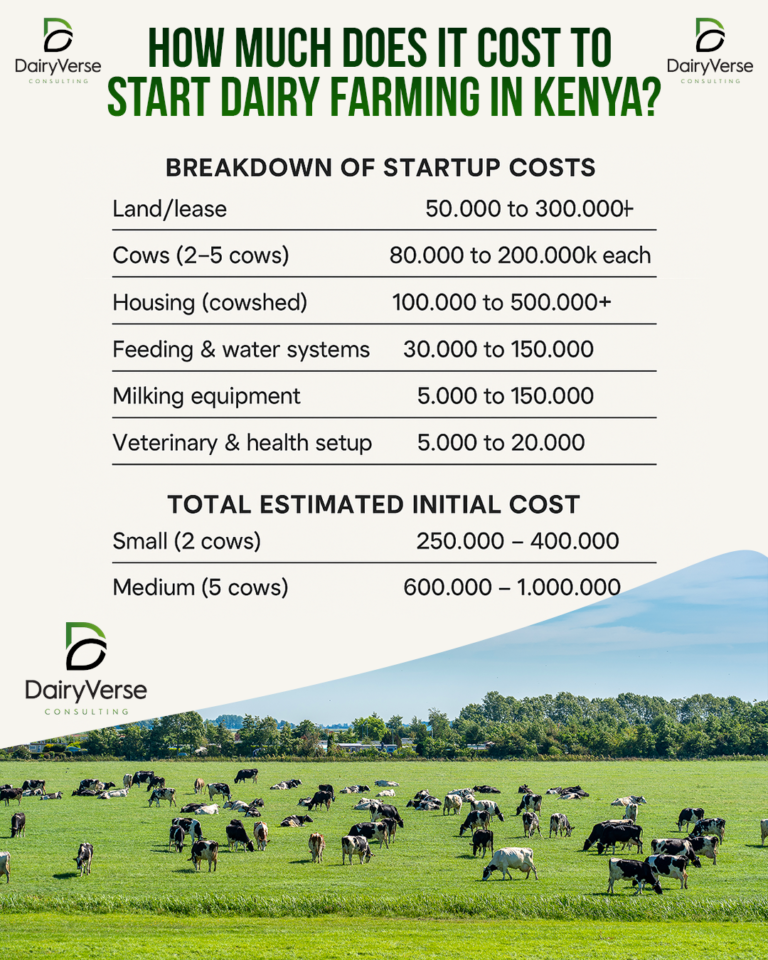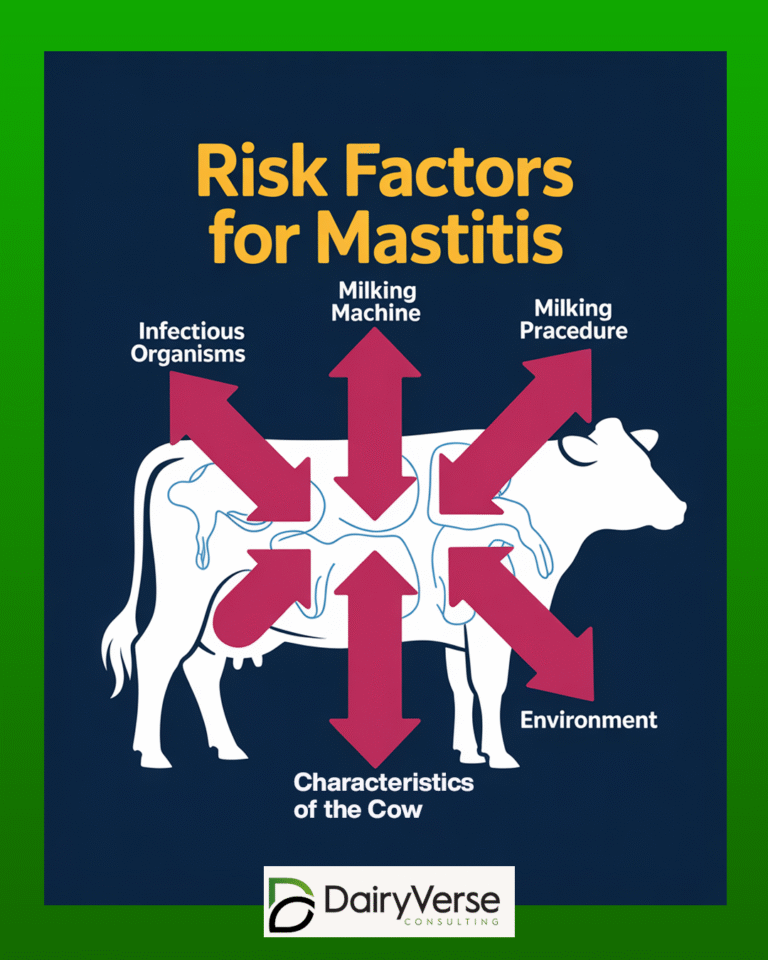Livestock Terminology: BOVINE
Understanding the terminology used in cattle farming is essential for effective communication, especially among livestock professionals, veterinarians, and agricultural learners. Below are five core terms related to bovines, each with a deeper explanation.
🐂 BULL
A bull is an intact (non-castrated) male bovine that has reached sexual maturity, typically used for breeding purposes. Bulls are generally more muscular and larger than other cattle types due to their hormonal profile, and they tend to display more aggressive behavior. Their primary role in livestock operations is to mate with cows to produce calves. Bulls are crucial for maintaining herd genetics and often undergo selection for traits like weight gain, disease resistance, or milk production in daughters.
🚹 STEER
A steer is a male bovine that has been castrated before reaching sexual maturity. Castration is done to make the animal more docile and to improve meat quality, as steers do not have the hormonal drive that leads to aggression or tough meat. Steers are commonly raised for beef production, and because they do not have the distractions of mating instincts, they often convert feed to weight more efficiently in feedlot settings.
🐄 COW
A cow is a mature female bovine that has given birth to at least one calf. Cows are the core of reproduction in a herd and are essential for both beef and dairy operations. In dairy farming, cows are specifically selected for high milk production, while in beef operations, the emphasis may be on reproductive efficiency and calf-raising ability. Cows can produce calves every year under optimal health and management conditions.
🐮 HEIFER
A heifer is a young female bovine that has not yet calved (i.e., given birth). Once a heifer gives birth to her first calf, she is considered a cow. Heifers are typically raised with care to ensure they develop properly before breeding — this includes proper nutrition, health monitoring, and handling. Heifers represent the future breeding stock of a herd and are critical to herd expansion or replacement.
🐃 CALF
A calf is a young bovine, either male or female, under one year of age. Calves can be born either for beef or dairy purposes and are the result of breeding between bulls and cows. In their early life stages, calves require colostrum (the first milk produced by the cow) for immunity, and their diet transitions from milk to forage and concentrate as they grow. Calves are often weaned between 4 to 8 months depending on the farming system.
✍️ Final Thought:
Understanding these basic terms helps farmers, students, and even consumers better grasp the workings of cattle farming. Whether you’re discussing breeding, meat production, or animal husbandry, clarity in language ensures good communication and better decision-making on the farm.


